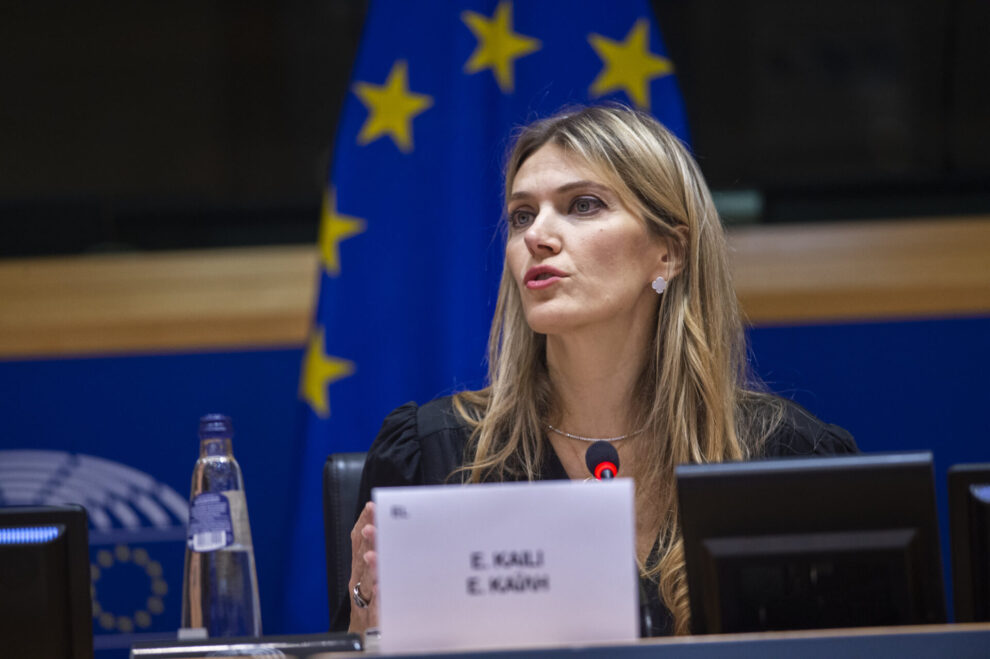Brussels (22/2 – 50)
The European Union’s plan to implement the EU Hybrid Toolbox (EUHT), which was launched last year, has received supports from the EU Parliament and the North Atlantic Treaty Organization (NATO).
The EUHT was launched in June 2022 with the intention to gather all civilian and military instruments that can be employed to counter hybrid threats. Hybrid threats combine military and non-military as well as covert and overt means, including disinformation, cyber-attacks, economic pressure, deployment of irregular armed groups and use of regular forces.
In 2016, the elections in the United States were manipulated by a foreign state actor through targeted propaganda and the leaking of hacked material that compromised one of the presidential candidates. In the same year, the British referendum on remaining in the European Union was also targeted by sophisticated propaganda efforts.
The recent European Parliament resolution supports the implementation of the common security and defence policy – annual report 2022, was issued on January 18. The parliament meeting’s notes state that there is a new urgency to boosting EU security and defence capabilities, including building on the unprecedented support for Ukraine which was most notably through the European Peace Facility (EPF) and ensuring complementarity with NATO. The European Parliament noted that on December 12, 2022, the Foreign Affairs Council decided to increase the overall financial ceiling of the EPF by EUR 2 billion in 2023, with the possibility of a further increase at a later stage.
The EU Council has initially intended to have the EUHT operationalization by the end of 2022 as the conflict in Ukraine demonstrated the importance of having a coordinated reaction capability to counter hybrid campaigns and is likely to provide the momentum to bring the development of the EUHT to fruition.
Russia’s hybrid aggression makes it necessary to design the defence of a free Europe in a comprehensive and multifaceted manner incorporating all critical areas, from the improvement of traditional military capacities to the protection of critical civilian infrastructure, supply chains and energy facilities, as well as the active fight against disinformation and cybersecurity threats. Russia’s aggression against Ukraine has also underlined the lack of investment in security and defence in numerous EU and NATO Member States.
Having deployed thousands of additional defensive land, air, and maritime forces to its eastern flank, NATO also supports the issuance of the EU Hybrid Toolbox, stating that its allies face threats and challenges from both state and non-state actors who use hybrid activities to target political institutions, influence public opinion and undermine the security of NATO citizens. NATO is also helping to coordinate requests for assistance on behalf of Ukraine, where the explosion damaging the Nord Stream gas pipelines was a targeted attack against the EU’s critical infrastructure.
NATO cited that hybrid methods of warfare, including propaganda, deception, sabotage and other non-military tactics, have been used to destabilize adversaries. However, in the recent years, the attacks have seen more speed, scale and intensity, due to the rapid technological change and global interconnectivity.
The EU already have many options for the EU Hybrid Toolbox implementation, such as the Cyber Diplomacy Toolbox, but the main challenge will be to enable a fast and coherent response. The EU Hybrid Toolbox would allow hybrid threats to be dealt with in a coordinated fashion with the full force of the EU’s power as soon as possible rather than when they have turned into a full-fledged crisis. This would also position the EU more strongly as a global partner for countering attacks on the international order.



































